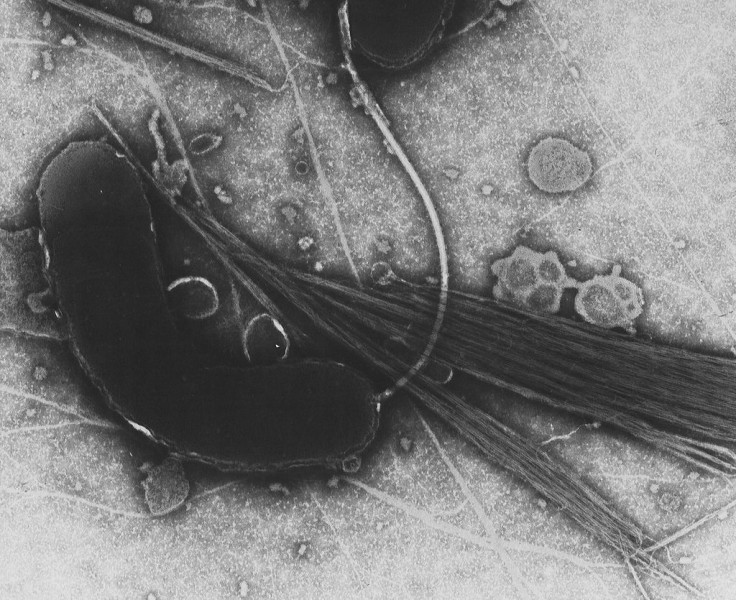Cholera Outbreak Claims 10 Lives In South Africa As 1 Billion Remain At Risk Globally
KEY POINTS
- 10 people, including a 3-year-old child, died in Gauteng Province
- Cholera can be mild in some patients, but deadly in others
- UN last week said about one billion people in 43 countries are at risk of cholera
A cholera outbreak in South Africa has claimed the lives of 10 people. The infection is not endemic to the region and it has seen a surge in cases globally in recent years.
The announcement from officials in Gauteng Province comes after samples of 19 people with symptoms at a hospital were confirmed for cholera, the Gauteng Department of Health (GDoH) noted in a statement Sunday.
At least 95 people have shown similar symptoms like diarrhea, stomach cramps and nausea since May 15. Thirty-seven people remain at the hospital, while 10 have died, which includes nine adults and a 3-year-old.
MEDIA STATEMENT || GAUTENG HEALTH CONFIRMS CHOLERA OUTBREAK IN THE HAMMASKRAAL AREA pic.twitter.com/7Z02emrAIx
— Gauteng Health (@GautengHealth) May 21, 2023
The United Nations last week said about one billion people, particularly children, in 43 countries are at risk of cholera. Apart from vaccines, experts stress more investment in the necessary tools is needed to fight against its resurgence.
"Not only (do) we need long-term investments, but immediate investments in the water system to ensure access to clean water, sanitation, and dignity," UNICEF's Jérôme Pfaffmann Zambruni said in a release.
Cholera is a diarrheal infection that occurs when an individual consumes food that's contaminated with Vibrio cholerae, explained the World Health Organization (WHO). Although some people show mild, moderate or no symptoms at all, it can be quite serious in some patients, who may experience severe dehydration. This can lead to death "within hours if left untreated."
Furthermore, the bacteria can still be present in the feces of those who have mild or no symptoms, putting more people at risk.
"Cholera transmission is closely linked to inadequate access to clean water and sanitation facilities," the UN agency noted.
Health authorities have mobilized resources to the affected area, sending additional staff and necessary items to ensure proper medical care. Efforts to raise awareness among the members of the public also continue.
"We would like to reiterate and urge the public to avoid known or suspected contaminated food, water and surfaces, and wash hands thoroughly with soap before handling food or after using the bathroom to prevent possible infection," said Nomantu Nkomo-Ralehoko, health and wellness official at Gauteng. "It is also important that people never drink water from unsafe sources such as rivers, dams, streams unless boiled or disinfected."
People in affected areas have been asked to avoid drinking tap water. Those with symptoms of cholera should go to the nearest healthcare facility to get the treatment that they need.
"The public is further urged to be extra vigilant in the coming days while all spheres of the government work within multiple stakeholders to curb the spread of the cholera outbreak," the statement reads.
Cholera is not endemic to South Africa, according to AFP News. The infection has seen a "global resurgence" in recent years, marking a U-turn from the decline seen earlier.
The comeback has been "devastating," particularly as it affects the "most vulnerable communities" in the world, the UN noted.
"Despite advances in the control of the disease made in the previous decades we risk going backward," said Henry Gray, WHO incident manager for the global cholera response.
Earlier this year, for instance, Malawi saw the "deadliest cholera outbreak" in its recorded history. In a span of about a year, it affected over 50,000 people and took the lives of more than 1,500 as of March.

© Copyright IBTimes 2024. All rights reserved.






















